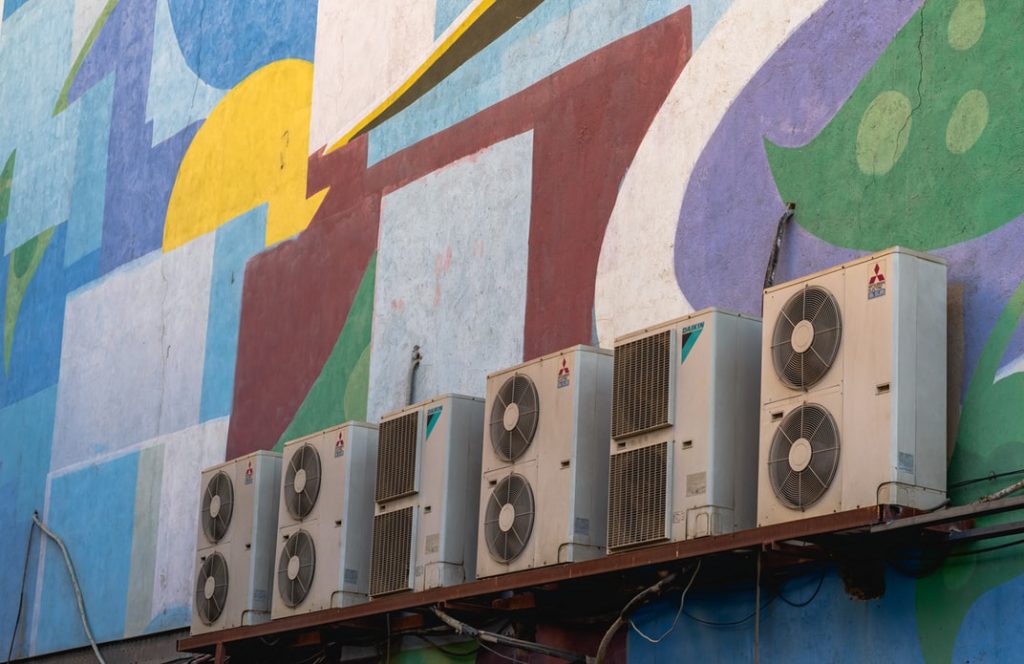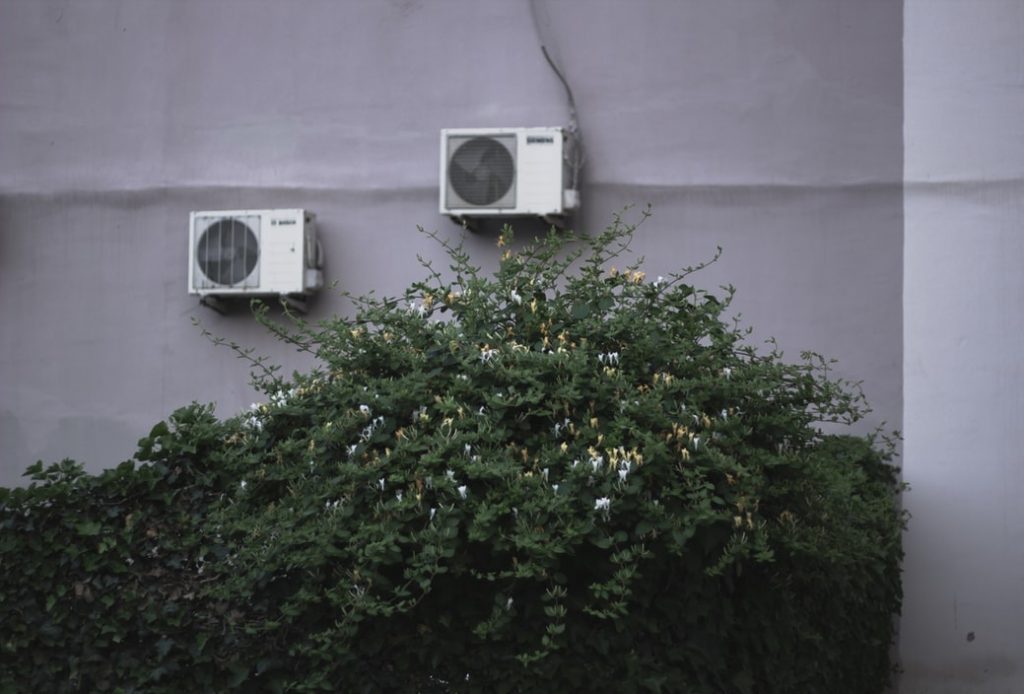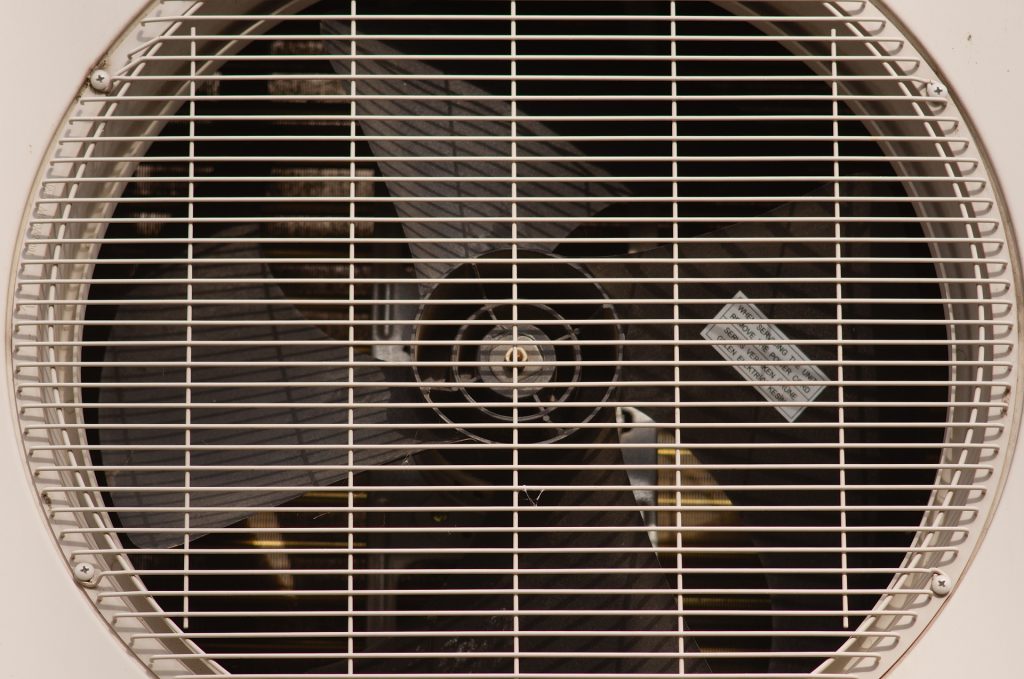Those looking to install air conditioning for old houses face several problems. One is that most older homes lack ductwork. Another is that there is usually no room to add an HVAC system in a home that wasn’t built with it in mind. Often, the electrical system isn’t adequate to handle the additional power load.
Adding ductwork to install air conditioning for old houses creates its own set of issues. Even if there is enough space for the ductwork, the installation will usually require alterations to the original plaster, woodwork, and floors. It may involve lowering ceilings and a loss of closet space, which can be both inconvenient and expensive.
Your best heating and cooling options for older homes will minimize the damage to the existing structure and work with your current electrical grid. Let’s take a look at some of your air conditioning options for older homes.
VRF Systems
VRF is a ductless air conditioning system that uses an outdoor condenser unit and multiple indoor units. It works much like central air conditioning, except without ductwork. Instead, refrigerant lines connect the indoor units, taking up much less space and requiring minimal renovations. One of the biggest advantages to this type of system is that it can heat and cool individual areas at the same time. You can even create temperature zones to adjust each area in your home independently rather than heating or cooling the entire house like you would with a ductwork-based HVAC system.
Ductless systems have the advantage of superior energy efficiency, saving most households as much as $1,000 to $2,000 per year in utility costs alone. In addition to savings, this also translates into a smaller environmental impact.
High-Velocity Systems
High-velocity systems also operate in much the same way as central air conditioners. They do require ductwork, but the highly flexible ducts they utilize are only about 2 inches in diameter. This makes them much easier to place without damaging the original structure of the home. The operational units are compact, allowing them to be easily placed in attics, basements, and other small spaces without being obtrusive.
If you are looking for an energy-efficient option most similar to traditional central air conditioning then this is a great option for air conditioning for older homes.
Window Air Conditioners
If you are looking for a solution that doesn’t involve permanent changes to your home, you can always opt for a window air conditioning unit. These are quick and easy to install, but you’ll have to give up some window space in order to accommodate them.
The downside to this solution is that many people find window units give their home an unattractive appearance and they can be very noisy while in operation. Because they take up window space, they also affect the amount of natural light entering your home. They decrease home security because they can be removed by home invaders to obtain access.
You can install them through the wall, but the premise is much the same other than you’ll have to create a hole in your wall to accommodate the unit. Plus, you’ll need to consider that you may need more than one unit to keep your home cool.
Ductless Mini Split Air Conditioners
Ductless mini-split units consist of an indoor air handler and an outside condenser unit. The two components are connected by electrical wires and refrigerant lines through a hole in the wall no larger than about 3 inches wide.
The high energy efficiency, simple installation, and minimal design make this system ideal for older homes without existing ductwork. You can set your home up into zones that you can control with a remote, allowing you to maintain the temperature in each area at suitable levels.
For instance, if you have a hobby room you only use on weekends, you can keep it at a higher temperature during the week and set it to cool down more on weekends while the rest of your home is cooled more consistently throughout the week.
Portable Air Conditioners
Portable air conditioners can be a simple solution to cooling your home if you don’t want to give up window space or worry about installation. You can set up a portable unit anywhere in your home that has a nearby window and an electrical outlet. You only need to place the flexible hose for draining outside through the window and plug it in.
The drawback to this solution is that the units are noisy. If you opt for this type of cooling system, you’ll want to check the decibel rating on the box and purchase one with the lowest rating you can find.
Traditional Central Air Conditioning
If your home has the room to add ductwork and you don’t mind the renovations it involves, then there is always the traditional central air for older homes to be considered. The advantage of this system is that it provides simple, all-over heating and cooling without a lot of fuss or hassle with programming or zone setup. While the unit itself can be less expensive than some of the other choices, you may find that the added costs of renovations and installation time may offset any savings you were hoping to find. This type of system also tends to be less energy efficient than ductless systems, costing you more for energy consumption.
As you can see, there are several options from which to choose when looking into air conditioning for older houses. You will need to consider which one best suits your needs and budget. Also, keep in mind that the electrical system in your home may not be up to the task of adding modern appliances.
In addition to choosing a system, you’ll want to evaluate your electrical system to ensure it can handle the additional power demands. If you’ve never had your electrical grid evaluated, this is a good time to take care of that. Older homes can fall victim to faulty wiring, the most common cause of house fires in older structures.
[related_posts_by_tax posts_per_page="3" format="thumbnails" image_size="medium"]









